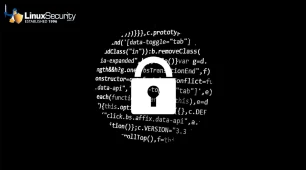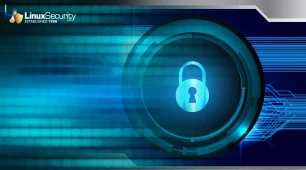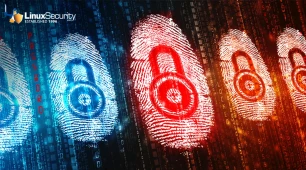
A significant security vulnerability, CVE-2024-7344, has recently been identified, posing a serious risk to Linux systems that leverage UEFI Secure Boot. This vulnerability allows attackers to bypass Secure Boot protections, thereby enabling the execution of untrusted code during the boot process. This kind of exploit can lead to the deployment of malicious UEFI bootkits, which are notoriously difficult to detect and can provide persistent and powerful control over affected systems.
The systems primarily at risk are those running specific recovery tools from several vendors, including Howyar Technologies, Greenware Technologies, Radix Technologies, SANFONG Inc., Wasay Software Technology, Computer Education System, and Signal Computer GmbH. The flaw arises from using a custom PE loader within these tools, which bypasses the secure UEFI functions LoadImage and StartImage, allowing for the execution of unsigned binaries. This vulnerability highlights the importance of meticulously securing the UEFI environment and maintaining diligent firmware and software updates.
To help you better understand this threat and its potential impacts, let's explore the significance of flaws in UEFI Secure Boot and the immediate actions you can take to secure your systems against them.
Understanding The Gravity of This Recent UEFI Secure Boot Vulnerability
 UEFI Secure Boot simplified scheme (source: ESET)UEFI Secure Boot is a cornerstone of modern system security, designed to ensure that only trusted code is executed during the boot process. Secure Boot undermines the entire security model when compromised, exposing systems to potential threats. Malicious actors can insert rootkits or bootkits to gain control of an operating system from its inception, evading detection by most traditional security measures.
UEFI Secure Boot simplified scheme (source: ESET)UEFI Secure Boot is a cornerstone of modern system security, designed to ensure that only trusted code is executed during the boot process. Secure Boot undermines the entire security model when compromised, exposing systems to potential threats. Malicious actors can insert rootkits or bootkits to gain control of an operating system from its inception, evading detection by most traditional security measures.
The CVE-2024-7344 vulnerability exploits a specific weakness in certain UEFI applications signed by a third-party UEFI certificate. This particular certificate is widely trusted by many systems, which further increases the risk as the compromised binaries can be executed despite Secure Boot being enabled.
Practical Mitigation Actions for Admins
The emergence of CVE-2024-7344 requires immediate and decisive action. The first step is to ensure that all systems are up-to-date with the latest firmware patches provided by OEM vendors. Other effective protection measures include:
Securing UEFI Settings
Securing UEFI settings involves more than just enabling Secure Boot. Administrators should review and enforce strict signature validations to ensure that only legitimate, signed binaries can load. This includes thoroughly assessing the signatures the UEFI boot database accepts and ensuring that any revoked certificates are effectively blocked. Disabling third-party UEFI certificates, when unnecessary, can also add a layer of security.
Monitoring UEFI Certificates and Regular Audits
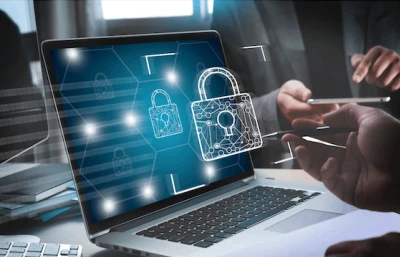 Monitoring and auditing the UEFI boot database for trusted and forbidden certificates and PE hashes is crucial. This proactive approach helps ensure that revoked certificates associated with known vulnerabilities, such as those involved in CVE-2024-7344, are present and enforced, preventing compromised binaries from executing.
Monitoring and auditing the UEFI boot database for trusted and forbidden certificates and PE hashes is crucial. This proactive approach helps ensure that revoked certificates associated with known vulnerabilities, such as those involved in CVE-2024-7344, are present and enforced, preventing compromised binaries from executing.
Conducting routine audits using reliable tools to verify the integrity of the UEFI firmware and configurations can help identify any unauthorized changes or potential threats at an early stage. Administrators can significantly mitigate the risk of more severe security breaches by detecting discrepancies before they can be exploited.
Patching Vulnerable Software
Another critical step is ensuring that all firmware and software are updated to versions that address this vulnerability. Vendors have released specific patches and updates for the affected UEFI recovery tools. Administrators must confirm that their systems are running these patched versions to avoid exposure to the exploit.
Using updated Linux shims that comply with secure boot policies and are signed by legitimate sources is also essential. This ensures that your system boots securely and that only trusted components can execute during the boot sequence.
Educating and Communicating with Your Team
Educating your team on the nature and steps necessary to mitigate vulnerabilities is as critical as technical measures. A well-informed and vigilant team can strengthen an organization's security posture. Regular training sessions and updates regarding potential threats and best practices will enable your team to respond quickly to security challenges.
Communication is also of utmost importance. Keeping all staff updated about security patches, configuration changes, and audit results will give everyone an improved understanding and approach when handling security issues together.
The Future of UEFI Security
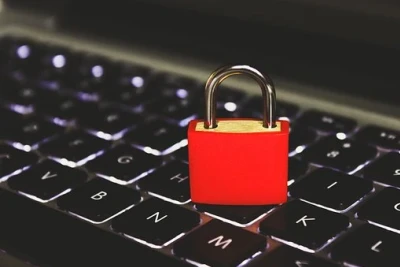 The importance of UEFI Secure Boot in maintaining system integrity cannot be overemphasized. Vulnerabilities like CVE-2024-7344 remind us that cyber threats remain ever-present and must be closely monitored. Taking robust security measures while staying informed of threats is imperative for Linux security admins managing critical systems.
The importance of UEFI Secure Boot in maintaining system integrity cannot be overemphasized. Vulnerabilities like CVE-2024-7344 remind us that cyber threats remain ever-present and must be closely monitored. Taking robust security measures while staying informed of threats is imperative for Linux security admins managing critical systems.
Securing UEFI Secure Boot requires technical solutions and increased awareness of possible vulnerabilities. By building strong defenses such as stricter signature validations, regular updates, education, and communication initiatives, stronger safeguards can help mitigate current risks and prepare for potential future ones.
Our Final Thoughts on Fortifying UEFI Secure Boot
The CVE-2024-7344 vulnerability is a crucial reminder of the importance of robust security practices when managing UEFI Secure Boot. Linux security administrators must take swift and decisive action to update systems, tighten security settings, and remain vigilant for potential threats to address this vulnerability effectively and implement comprehensive strategies against emerging threats.














